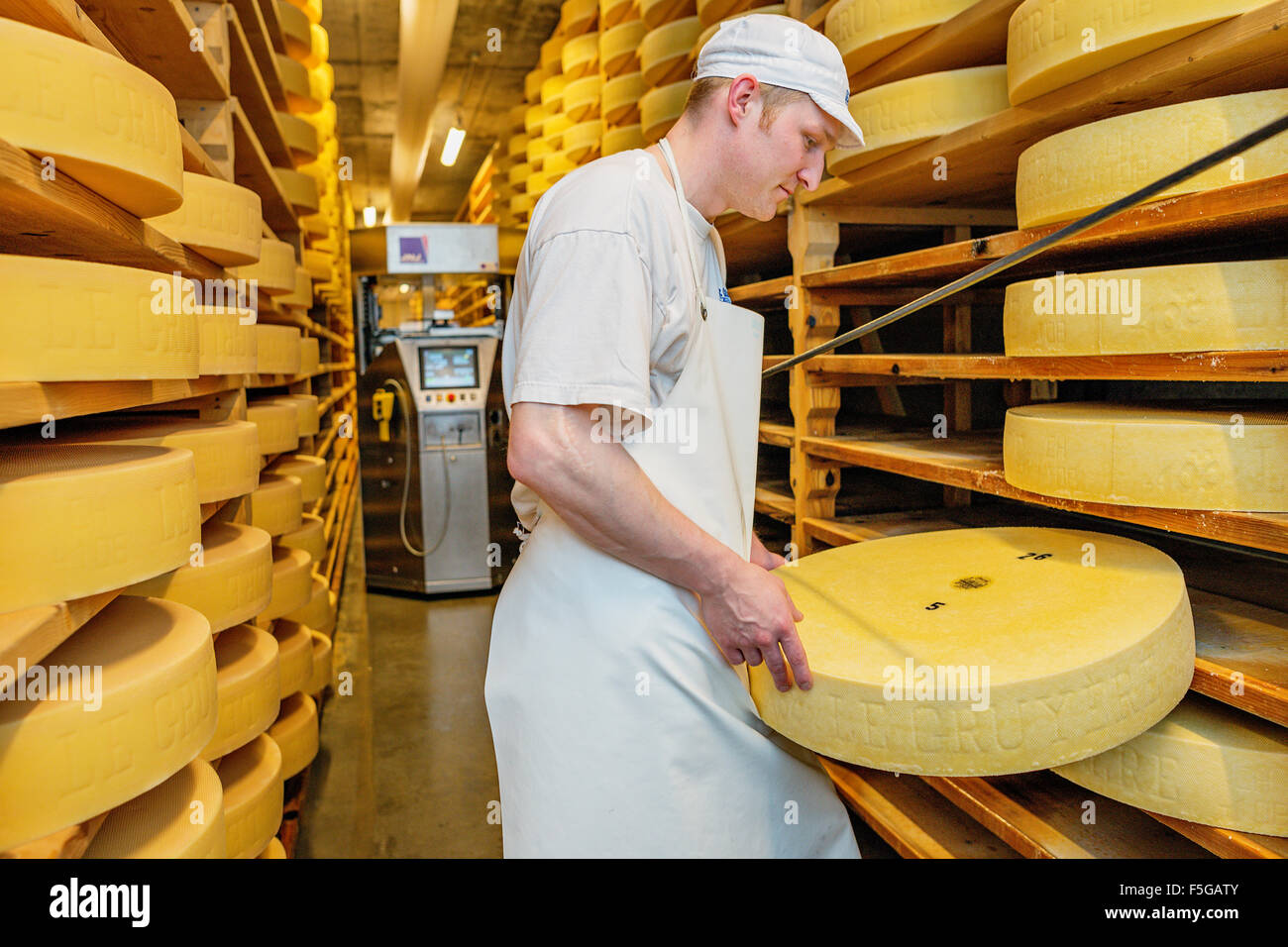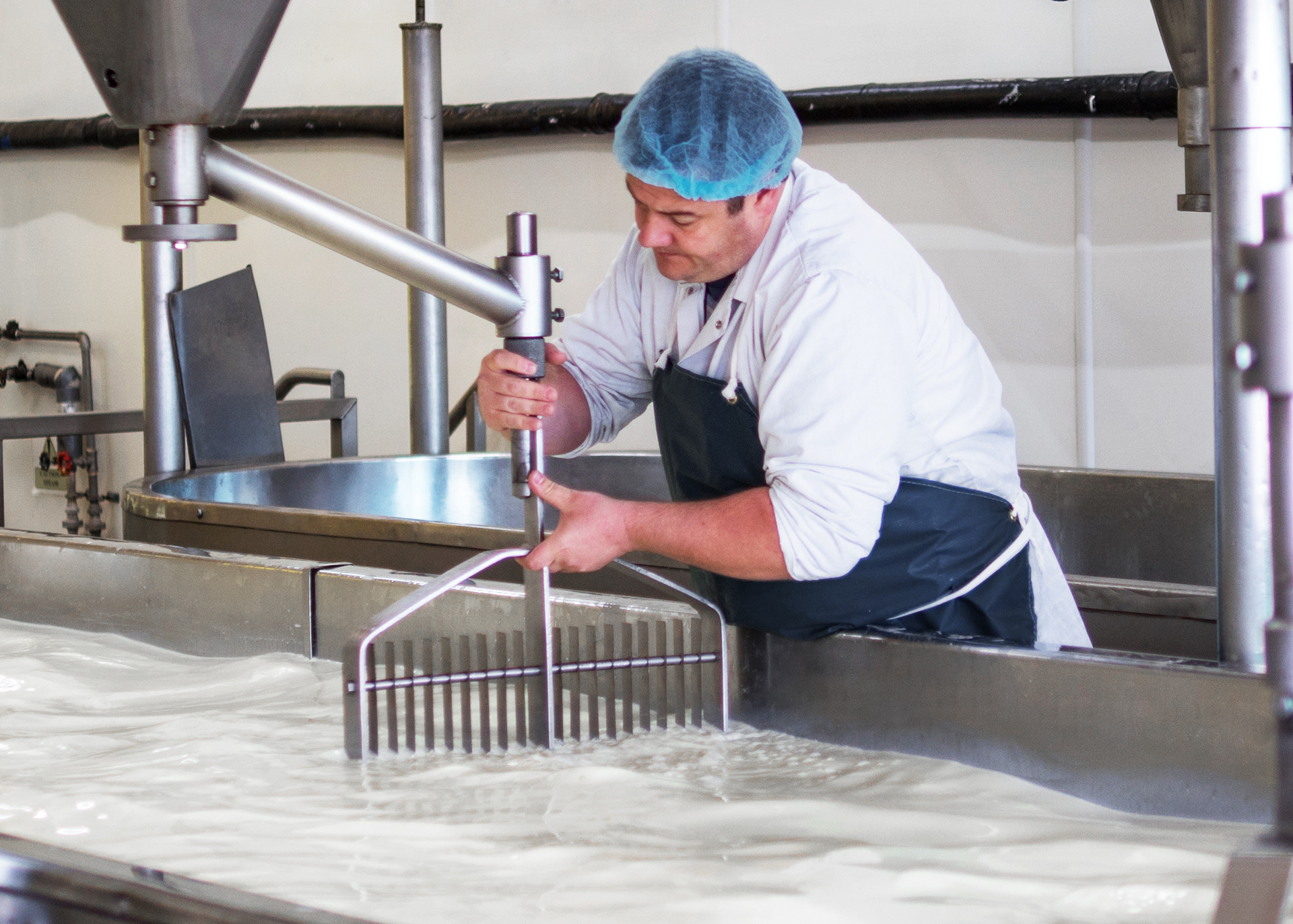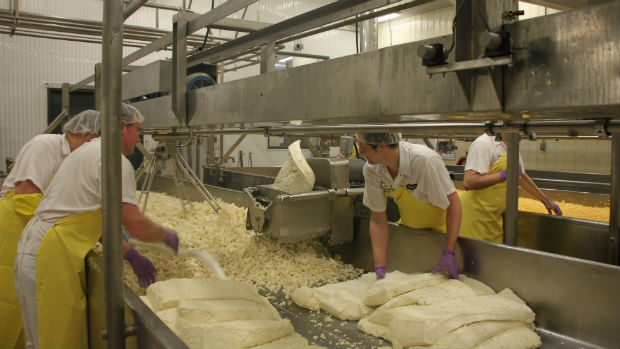Visit the Premier Cheese Shop Melbourne for Exquisite Selections
Visit the Premier Cheese Shop Melbourne for Exquisite Selections
Blog Article
Understanding the Scientific Research Behind Cheese Manufacturing: From Milk Choice to End Product
The intricate process of cheese manufacturing starts with the careful choice of milk, a choice that exceptionally affects the end product's taste and appearance. Understanding the crucial function of bacteria in fermentation reveals just how these microbes transform lactose right into lactic acid, a vital active ingredient in establishing celebrity's character. Following this, the coagulation process transforms fluid milk into curds, establishing the phase for aging, where the real intricacy of flavors emerges. Quality assurance remains essential at every stage, yet the subtleties of these processes may still hold shocks that warrant further exploration.
Milk Selection Process
The choice of milk is a crucial action in celebrity manufacturing process, as it straight affects the flavor, appearance, and high quality of the end product. Different factors must be considered throughout this option, including the resource of the milk, the type of the animals, and their diet regimen. Cow's milk, goat's milk, and sheep's milk each possess unique buildings that contribute to the special qualities of different cheese ranges.

Furthermore, the dietary content of the milk, influenced by the animal's diet regimen, can modify the cheese's final features. Top quality milk, sourced from healthy pets, guarantees a remarkable cheese item, emphasizing the value of rigid quality assurance measures in the milk selection process. Hence, careful consideration in milk option is vital for effective cheese manufacturing.

Duty of Germs in Fermentation
Adhering to the cautious selection of milk, the fermentation process plays an essential role in cheese manufacturing, where bacteria are introduced to change the milk right into cheese. The primary function of these germs is to convert lactose, the sugar existing in milk, into lactic acid. This acidification not just alters the pH of the milk however also plays a crucial function in flavor growth, texture, and conservation of the final item.
Lactic acid bacteria (LABORATORY), such as Lactococcus and Streptococcus types, are typically utilized in cheese manufacturing because of their ability to thrive in milk and their payment to the fermentation procedure. The metabolic activities of these bacteria cause the production of various metabolites, consisting of flavor substances and antimicrobial compounds, which prevent spoilage microorganisms and pathogenic germs, consequently boosting cheese security.
Additionally, the fermentation process influences the total qualities of celebrity, including its scent, taste, and structure. Different pressures of germs can give unique tastes and contribute to the distinct accounts of different cheese kinds. Thus, the option of bacterial societies is an important action in achieving the preferred cheese top quality and consistency.
Coagulation and Curd Development
In the cheese manufacturing procedure, coagulation marks a critical shift from fluid milk to strong curds. This procedure is usually enhanced by the acidic setting produced by lactic acid germs, which even more aids in coagulation by reducing the pH of the milk.
The resulting curds are developed as the liquid whey begins to separate. Elements such as temperature, the quantity of rennet used, and the time enabled coagulation are necessary in determining the appearance and high quality of the curds. Greater temperature levels and longer coagulation times commonly generate stronger curds, ideal for harder cheeses.
Once curds are developed, they are reduced right into smaller items, enabling whey to escape more effectively. This step is essential, as it influences the dampness content and total qualities of the last cheese item. Appropriate management of coagulation and curd formation is vital for accomplishing certain cheese designs and desired flavor profiles.
Aging and Flavor Advancement
After the curd has actually been formed and whey has actually been drained pipes, the following stage in cheese manufacturing is maturing, also recognized as growth. This vital procedure considerably influences see this here celebrity's last taste, texture, and scent. Throughout aging, numerous biochemical and microbiological transformations happen, impacting the general sensory account.
The aging environment, including temperature level and humidity, plays an important duty in taste development. Enzymes and microorganisms present in celebrity help with the break down of proteins and fats right into smaller sized molecules, leading to the formation of amino acids, fatty acids, and unpredictable compounds. These makeovers contribute to the intricacy of taste and aroma, with distinctive profiles emerging based upon the details cheese selection.
Furthermore, the period of aging is critical; shorter aging durations commonly yield milder flavors, while longer maturation cause more durable and nuanced profiles. Elements such as the milk resource, cheese kind, and details aging strategies even more improve the diversity of flavors created. Inevitably, aging is a fragile equilibrium of time, ecological conditions, and microbial task, finishing in the unique features that specify each cheese selection.
Quality Assurance in Cheese Production
Making sure high criteria throughout celebrity production process is important for providing a high quality item that satisfies consumer assumptions - cheese factory melbourne. Quality control (QC) incorporates different stages, starting from raw milk option to the final aging procedure. Each stage requires thorough interest to detail to avoid contamination and guarantee uniformity
During milk option, producers have to evaluate factors such as fat web content, pH levels, and microbial top quality. Regular screening for somatic cell counts and microbial lots is vital to ensure the milk's suitability for cheese production. In the manufacturing stage, QC procedures include keeping track of the temperature, level of acidity, and rennet activity, like it which dramatically influence texture and taste.
As cheese matures, continuous sensory assessments and laboratory evaluations are conducted to analyze flavor development, texture, and general top quality. Any inconsistencies from established requirements demand corrective activities to keep item stability.
Furthermore, documents and traceability are important elements of efficient quality control, allowing producers to track the cheese from farm to consumer. By carrying out robust QC methods, cheese suppliers can not only enhance product high quality however additionally build consumer depend on, guaranteeing their place in an open market.

Conclusion
In conclusion, continue reading this the science of cheese production includes several critical points, each substantially affecting the final item. The cautious selection of milk, the essential duty of germs in fermentation, the transformation of fluid milk into curds via coagulation, and the aging process collectively add to the advancement of distinct tastes and appearances. Strict high quality control measures make sure that each cheese variety fulfills recognized criteria, thereby improving customer satisfaction and preserving the honesty of the cheese-making custom.
Report this page